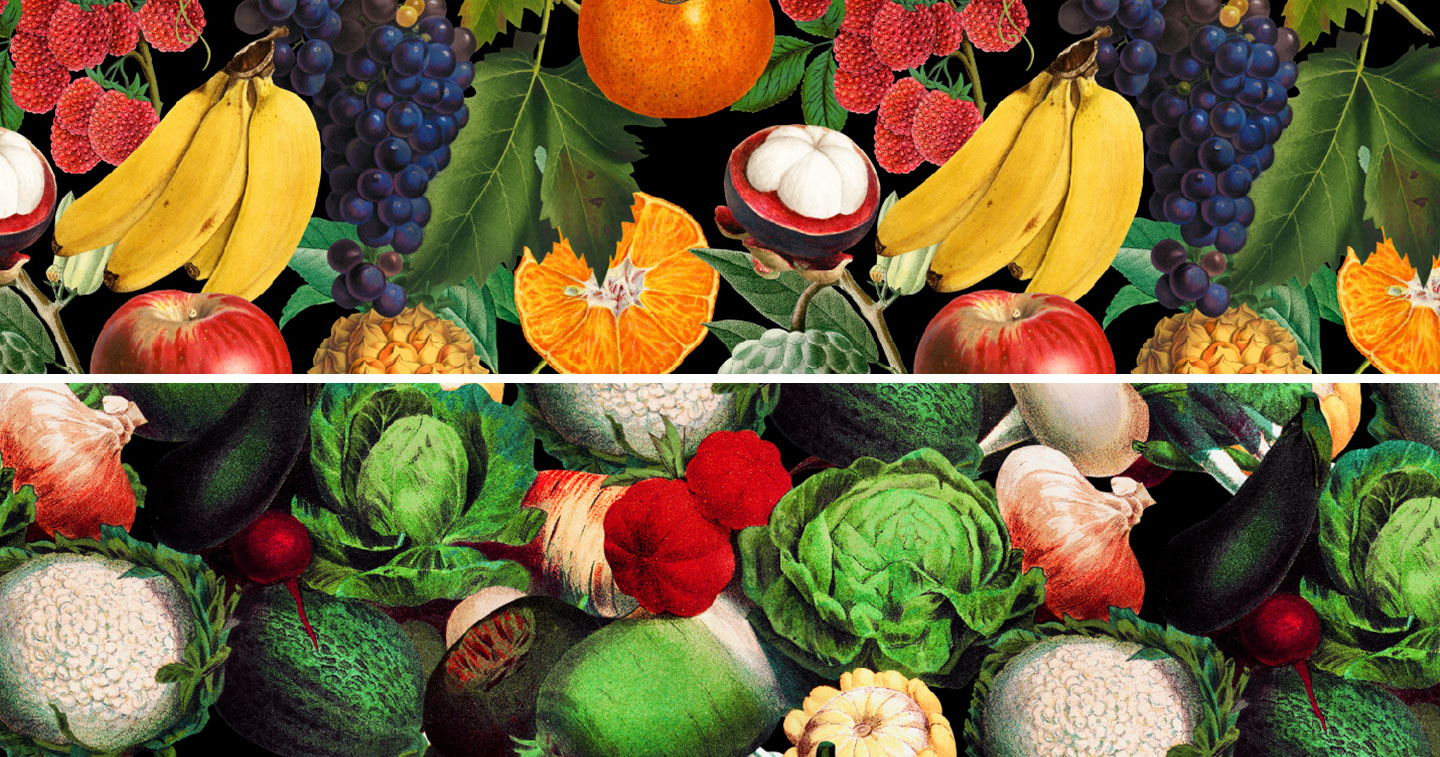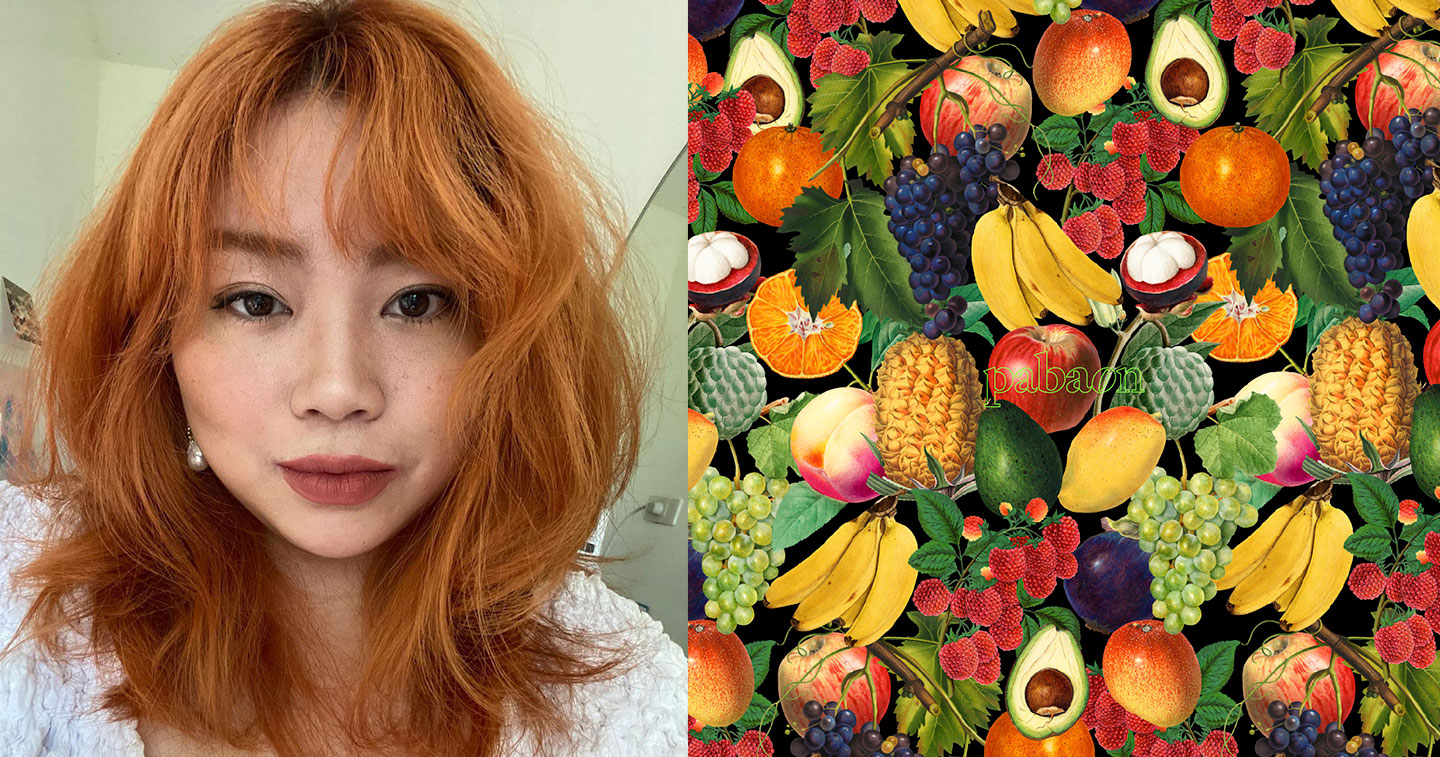MANILA, PHILIPPINES — Acclaimed illustrator, graphic designer and Young Guns awardee Raxenne Maniquiz has launched an artbook compiling stories of food, isolation, and community at the Tokyo Book Fair 2022 — a project made possible from the collaboration of Raxenne, writer and And A Half Strategist Toni Potenciano, and adobo Magazine’s very own Editorial Director Nina Unlay.
Titled Pabaon, the zine-turned-artbook is a collection of illustrations, anecdotes, and stories of the deeply personal relationship Filipinos have with food. Each story and artwork is a contributed piece from impassioned storytellers and artists, creating a vibrant 44-page art book with inserts and postcards that bring its stories to life.
Pitch — The origin story
Pabaon is a passion project that planted during the pandemic, and bore fruit at its tail ends. The seed that started it all is a simple tweet from Toni, asking if anyone in the community would be game to collaborate on a pandemic project: “Anyone wanna do a food zine?”
Under this banner, Raxenne, Toni, and Nina started what would eventually become Pabaon. As Raxenne put it: “It wasn’t anything serious.”
“The three of us talked about it that we don’t want it to be stressful. We didn’t want it to [take over] our day job; it should be fun. But the other side of that is, we were not finishing. There was no pressure to finish it,” she said.
Started out in March 2021, Pabaon was over a year in the making. Because of the team’s adamance to take things easy, their targetted publication date kept moving. The final push was an invitation from local risograph press Bad Student to participate at the Tokyo Book Fair.
“There was already a set deadline, so we actually had to finish it! But there was a lot of editing again. Because it started in 2021, and we were different people then. In the year 2021, we were still at a lockdown, so the environment and feeling was different, versus 2022 where it’s almost back to normal. It kind of became a time capsule in a way. How do we present that in 2022 where people are [already] moving forward?”
Produce — Progression, direction, and decisions, decisions, decisions
Pabaon may not be the first time Raxenne had done the layout for a zine, but as she put it, it was so different from her previous experience that it may as well be a first.
In 2019, she released her first zine entitled Endemic Flora of the Philippines, a mini-catalog of the country’s endemic plants, flora, and fauna. For this personal project, both the layout and all the artwork were illustrated by Raxenne, coming up with a 24-page zine that’s both educational and visually captivating.
Raxenne mused that that was a very straightforward and clean project for her, and the challenge leaned more on nailing its accuracy more than anything. Three years later for Pabaon, she took an intentional step back from illustrating the project to focus solely on creating the layout. “I’m an illustrator, but I think it came to a point na nagsasawa ako, I’m not doing anything else. I’m really thankful, but I got really exhausted and I wanted to do something else creatively. Pabaon became that opportunity.”
As the art director for Pabaon, she admitted that going in, there was no plan: she gave the illustrators complete freedom on how they wanted to visualize the stories assigned to them — which ultimately added to the overall vibrancy of the finished work. Raxenne noted that the team gathered all the stories and artwork before plotting the layout, which, in retrospect, made the process more challenging for her.
“At the time, we thought that we’ll just collect all these stories, all these artworks, and then bahala na. And that was really difficult, because now that I have all of these amazing artworks, how do I make it exciting on paper? So it’s not just a spread, a full page, and then you have a chunk of text. That was a challenge for me because I think I should have done some layout or design spread first so that the drawings and artworks would be more intentional,” she said.
“So, when I was doing the layout, I played with the form. I played with how the text interacted with the paper. Pabaon has a huge poster and when you open it up, it’s like binalot na pagkain (wrapped food), so that’s the idea behind it. The feeling of opening it up and you have all these inserts inside. It’s like you’re spreading out your own picnic table. It was challenging, but it became fun to explore what could happen, when at the beginning I didn’t know how to direct all those things together.”
Print — Filipinos love zines
In October 2022, Pabaon was finally launched. Orders in the Philippines opened soon after, and within 24 hours, the prints for the prutas (fruit) edition was already sold out, with gulay (vegetables) quickly following suit.
Meanwhile, in Tokyo, the cultural barrier was understandably more challenging to break through. “Pabaon is kind of cultural. There are Filipino stories, and it’s in English, [but the challenge was] how to explain the context to the Japanese people. So we asked a Japanese writer friend to translate what Pabaon is, and we put [the explanation] on the table in English and Japanese.”
“There was a table there and we would invite them to sit, so we were still able to sell some to Japanese customers. One fun encounter was that there were two girls from Indonesia or Malaysia, I think, and they immediately can understand what it is because they also have that mantel at home. It was really funny that it was a Southeast Asian connection, so that was fun, connecting with someone with a familiar relationship to food who also sees eating as a communal activity,” she elaborated.
Pabaon’s launch under the banner of a “zine” also stirred an interesting conversation online as a few people commented on its price and value being contradictory to zines’ political and independent roots. To this, Raxenne said: “When we started it, it was really just a zine — a booklet, basically. But then it evolved into something like this, especially when we were able to work with amazing printers that really gave us the chance to explore the possibilities of paper and print. Before we released it, we also weren’t sure what to call it. Now, we just call it an artbook.”
Practice — Learnings, regrets, and exploration
As an illustrator venturing into a new craft, Raxenne had some words of advice for her fellow artists-turned-layout-designers.
First off, practice InDesign: “Printers use InDesign so that’s easier for them, and it can be quite confusing for first-time users, especially coming from Photoshop and Illustrator. But it’s also easy to learn as you go along, and there are so many tutorials online. You’re going to have an easier time in designing whatever zine you want to design.”
She also emphasized the importance of self-proofing or self-printing before sending the layout to a printer to test multiple times how the intended design will translate on print. These were particularly handy in creating mock-ups for the printers, she added.
“If you’re trying to embark on making a collection of stories, it would really be helpful to set the tone or to set a design first. So that when you gather these artworks and stories, it’s more intentional. I think it’s really about the intention and setting that first,” she underlined, a nod to the challenge of not having an initial art direction for Pabaon.
“Also, just really have fun with the layout. Don’t be too rigid. In designing something that’s an independent publication, you have more freedom to play with the text, the form. There’s a lot of things that can be explored when you know that you’re just doing it for fun and for yourself,” she concluded.
After a second print run, all 300 copies of Pabaon have already been sold.












